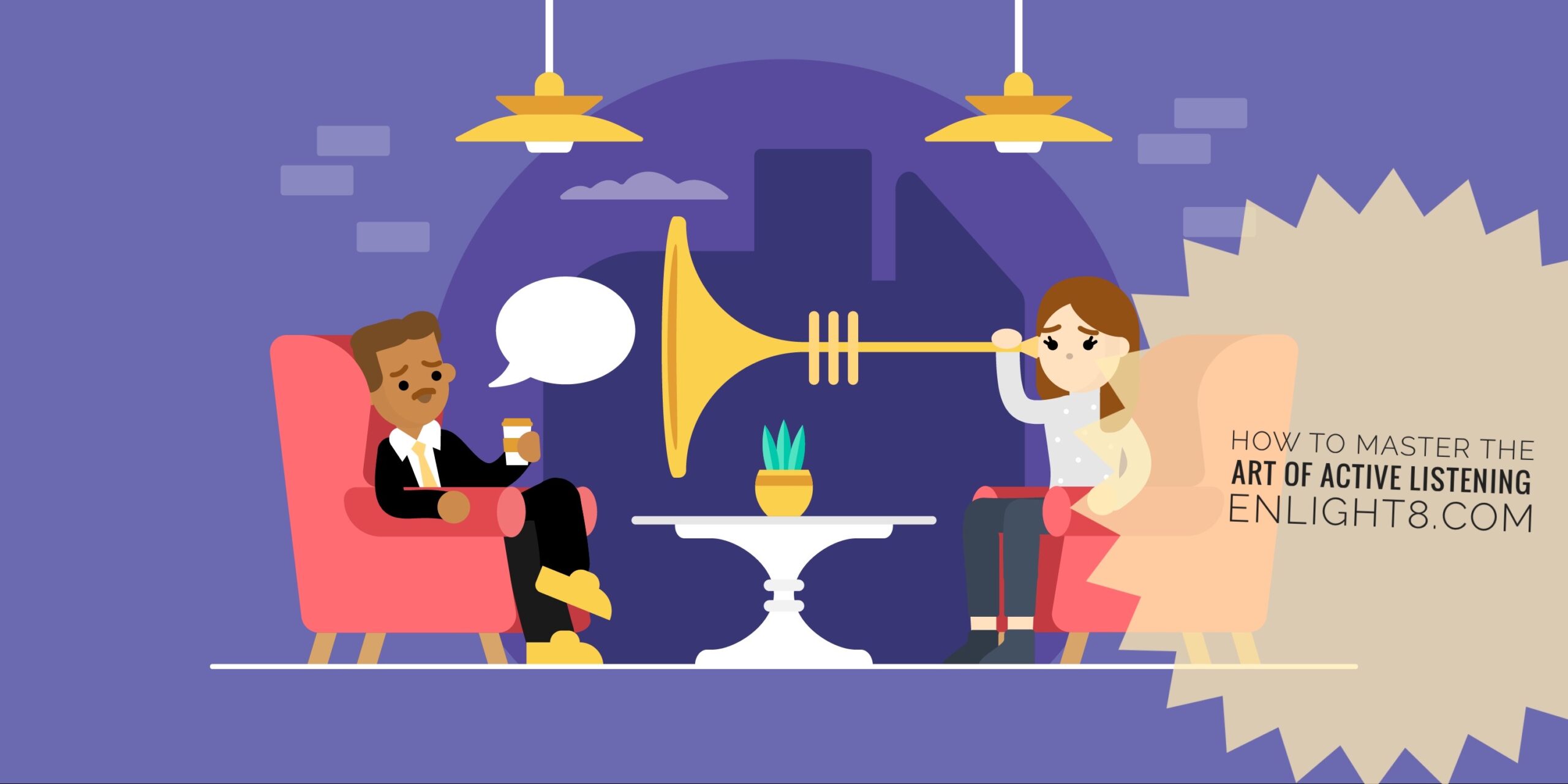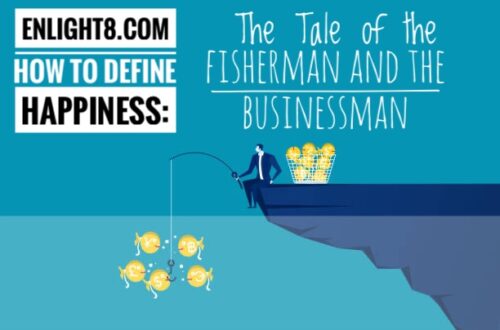
How to Master the Art of Active Listening
We develop bad listening habits when we enter a conversation without thinking emphatically about the other person. We carry the baggage of our agendas, and our sleep-deprived, social media-trained low-attention-span selves fail to create deep relationships because we do not know how to listen actively.
Active Listening is a skill that is hard to master. When we talk, it is frustrating knowing that the person we are talking to doesn’t listen. Listening is an art form that must be developed and doesn’t come naturally for many of us.
A great listener will use their active listening techniques to become great leaders in business and their social life and can become more successful than someone who doesn’t have this skill.
When we actively listen, we are attuned to someone emphatically, and we are “in the moment,” which leads to a deeper sense of connection.
In “Listening as a Martial Art: Master Your Listening Skills for Success,” the author Cash Nickerson describes active listening as being aware and receptive. Just like a martial artist senses someone during a fight, active listeners intuitively become present in the conversation.
Nickerson uses the acronym “ARE U PRESENT” to guide us in learning how to actively listen:
- Awareness: We must put ourselves in the moment. Get ourselves out of our thoughts, remove distractions like phones and computers, and focus on the person.
- Reception: We must open ourselves to receiving the other person’s ideas, thoughts, and information. By becoming “present,” we open our minds, let go of any of our own opinions, and just “receive.”
- Engagement: A conversation requires a two-way engagement like in sports, we must give someone the time to talk, and we listen and vice versa like a game of tennis. We must respect this back-and-forth engagement.
- Understanding: When we actively listen, we aim to emphatically understand the person and put ourselves in their place.
- Persistence: We must follow the course that the conversation leads. This element includes persistence to maintain attention out of respect.
- Resolution: We must find a way to close out the conversation by knowing what points, key takeaways, and any next steps to follow up on, especially if the conversation is related to work or a task.
- Emotions: We must know that emotions can bubble up, especially if we care about a topic or a person. We must recognize this and learn to discern the emotion from the idea.
- Senses: Body language communicates a lot in conversations. We must enable our attention and senses to take in not just the words but the body language we see and the tone and inflection we hear when someone talks.
- Ego: We must set aside ego and humble ourselves as active listeners. Deep conversations involve letting go of our egos.
- Nerves: There is often tension and stress when we are involved in conversations. We must recognize that these can block deep conversation. Therefore, we need to find a way to overcome them.
- Tempo: We must be aware of a certain flow and rhythm for every person and conversation. We must follow this flow as it differs from person to person.
When we build a practice of active listening, we become more connected and present, and our relationships thrive.
Active listening is a key factor in deep, meaningful relationships and is vital for success socially and in our careers and businesses. Active listening is a component of empathy, care, and self-awareness.




